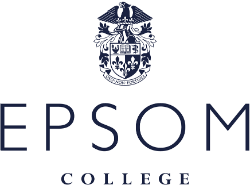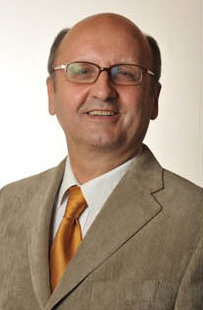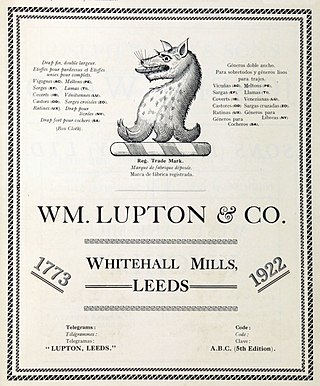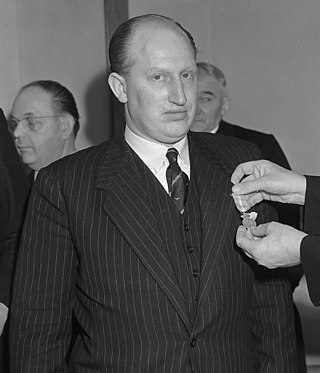
Richard Scurrah Wainwright was a British politician of the Liberal Party. He was the MP for Colne Valley from 1966 to 1970, and again from 1974 to 1987.

Major General Sir Neville Reginald Howse, was an Australian Army officer, medical doctor, and politician. He was the first Australian recipient of the Victoria Cross (VC), the highest decoration for gallantry "in the face of the enemy" that can be awarded to members of the British and Commonwealth armed forces.

Sergeant John Patrick Kenneally VC was an English recipient of the Victoria Cross, the highest and most prestigious award for gallantry in the face of the enemy that can be awarded to British and Commonwealth forces.

Epsom College is a co-educational independent school on Epsom Downs, Surrey, England, for pupils aged 11 to 18. It was founded in 1853 as a benevolent institution which provided a boarding school education for sons of poor or deceased members of the medical profession and also accommodation for pensioned doctors. The college soon after foundation opened to pupils from outside the medical profession. Over time the charitable work for medical professionals in hardship moved to a separate charity. By 1996 the school was fully co-educational and now takes day pupils throughout. The headteacher is a member of the Headmasters' and Headmistresses' Conference.

Batley Grammar School is a state-funded co-educational free school in Batley, West Yorkshire, England, for pupils aged 4 to 16.
Isidore Jack Lyons was a British financier.
Neville Ness Wadia was a British businessman, philanthropist and a member of the Wadia family, an old Parsi family which, by the 1840s, was one of the leading forces in the Indian shipbuilding industry. Wadia was the last of India's aristocratic taipans, who expanded his family textile concern into one of India's largest and donated lavishly for the welfare of the Parsee community to which he belonged.
Anthony Bernard Blond was a British publisher and author, who was involved with several publishing companies over his career, including several he established himself, or in partnerships, from 1952.
The Martineau family is an intellectual, business and political dynasty associated first with Norwich and later also London and Birmingham, England. The family were prominent Unitarians; a room in London's Essex Hall, the headquarters building of the British Unitarians, was named after them. Martineau Place in Birmingham's Central Business District was named in their honour.

The Middleton family has been related to the British royal family by marriage since the wedding of Catherine Middleton and Prince William in April 2011, when she became the Duchess of Cambridge. The couple has three children, George, Charlotte and Louis. Tracing their origins back to the Tudor era, the Middleton family of Yorkshire of the late 18th century were recorded as owning property of the Rectory Manor of Wakefield. The land passed down to solicitor William Middleton who established the family law firm in Leeds which spanned five generations. Some members of the firm inherited woollen mills after the First World War. By the turn of the 20th century, the Middleton family had married into the British nobility and, by the 1920s, the family were playing host to the British royal family.

John Dylan Morgan was a Welsh mathematician, physicist, hypnotherapist and author. He developed a theoretical approach to hypnotherapy which he published in his book Principles of Hypnotherapy. He also made contributions in theoretical and applied physics.

Walter Ernest Stoneman was an English portrait photographer who took many photographs for the National Portrait Gallery (NPG) in London.

The Lupton family in Yorkshire achieved prominence in ecclesiastical and academic circles in England in the Tudor era through the fame of Roger Lupton, provost of Eton College and chaplain to Henry VII and Henry VIII. By the Georgian era, the family was established as merchants and ministers in Leeds. Described in the city's archives as "landed gentry, a political and business dynasty", they had become successful woollen cloth merchants and manufacturers who flourished during the Industrial Revolution and traded throughout northern Europe, the Americas and Australia.
Silvion Oscar Lewenstein was a British theatre and film producer, who helped create some of the leading British theatre and film productions of the 1950s and 1960s.

Frances Elizabeth Lupton was an Englishwoman of the Victorian era who worked to open up educational opportunities for women. She married into the politically active Lupton family of Leeds, where she co-founded Leeds Girls' High School in 1876 and was the Leeds representative of the North of England Council for Promoting the Higher Education of Women.

Richard Bernard Pape MM was a British Second World War escapee, adventurer, autobiographer and novelist.

Anne Neville was the Royal Academy of Engineering Chair in emerging technologies and Professor of Tribology and Surface Engineering at the University of Leeds.
The city of Leeds, in West Yorkshire, England has a Jewish community, where many notable people originated or settled. They have played a major part in the clothing trade, the business, professional and academic life of the City, and the wider world. The community numbers now less than 7,000 people.











